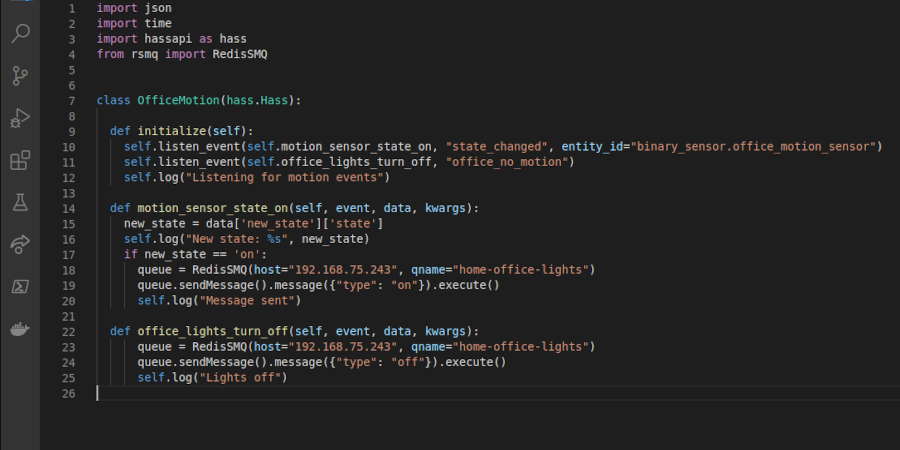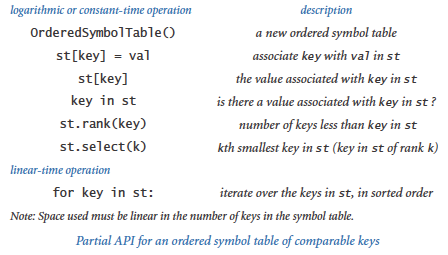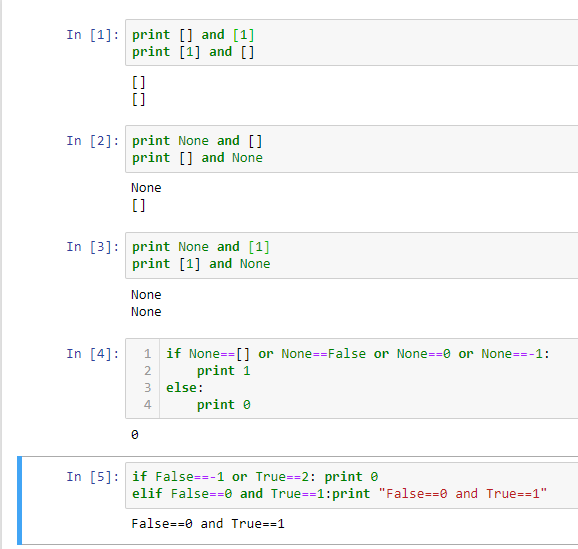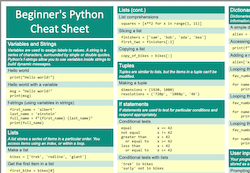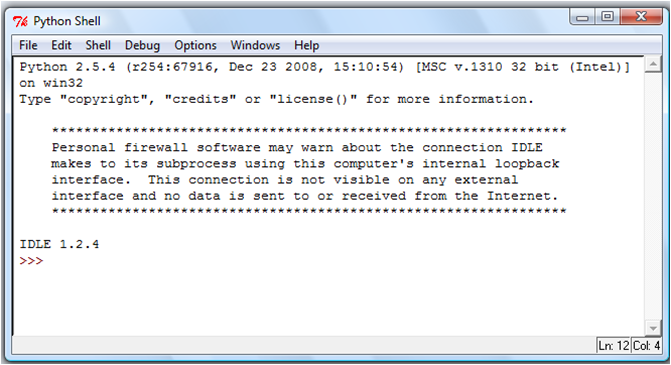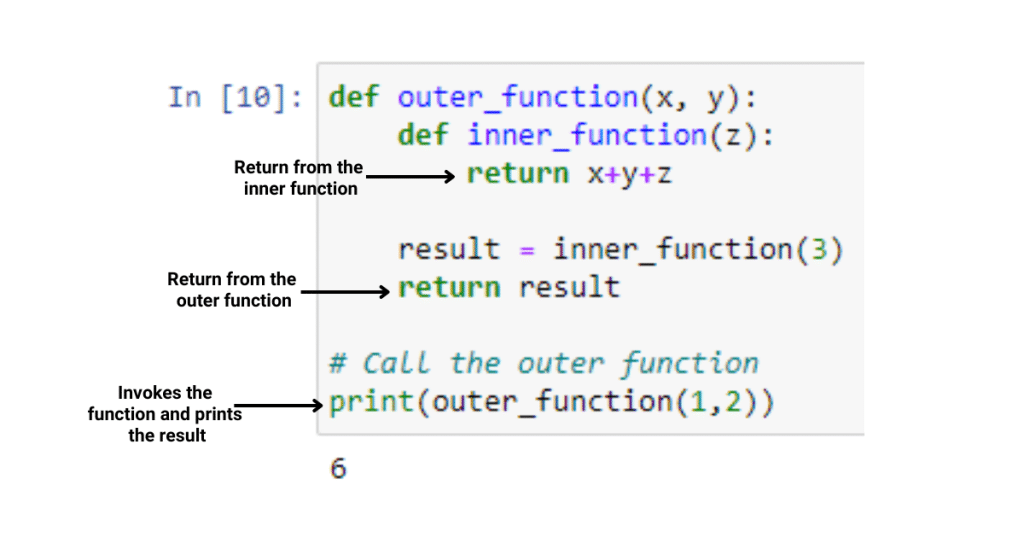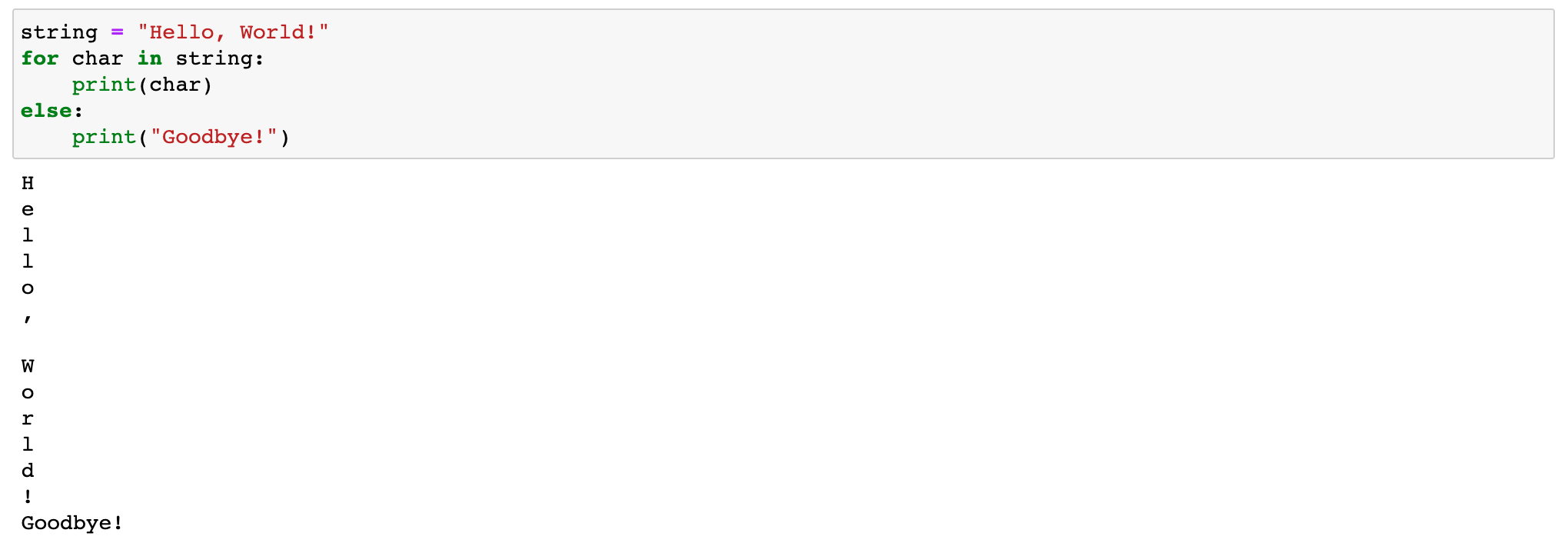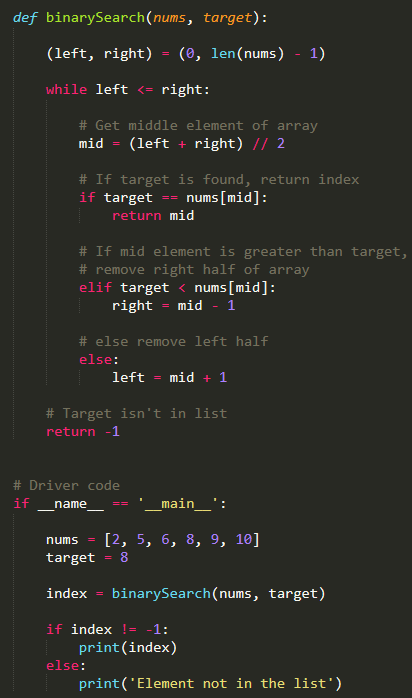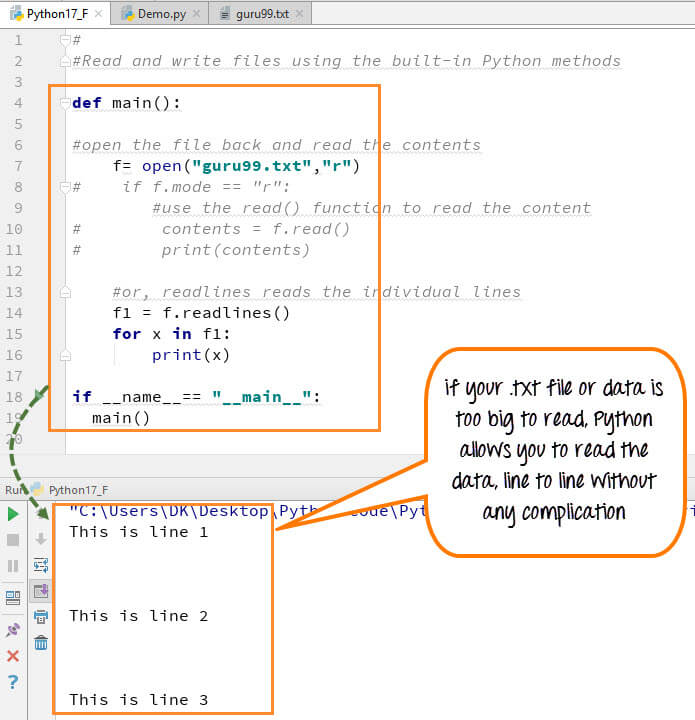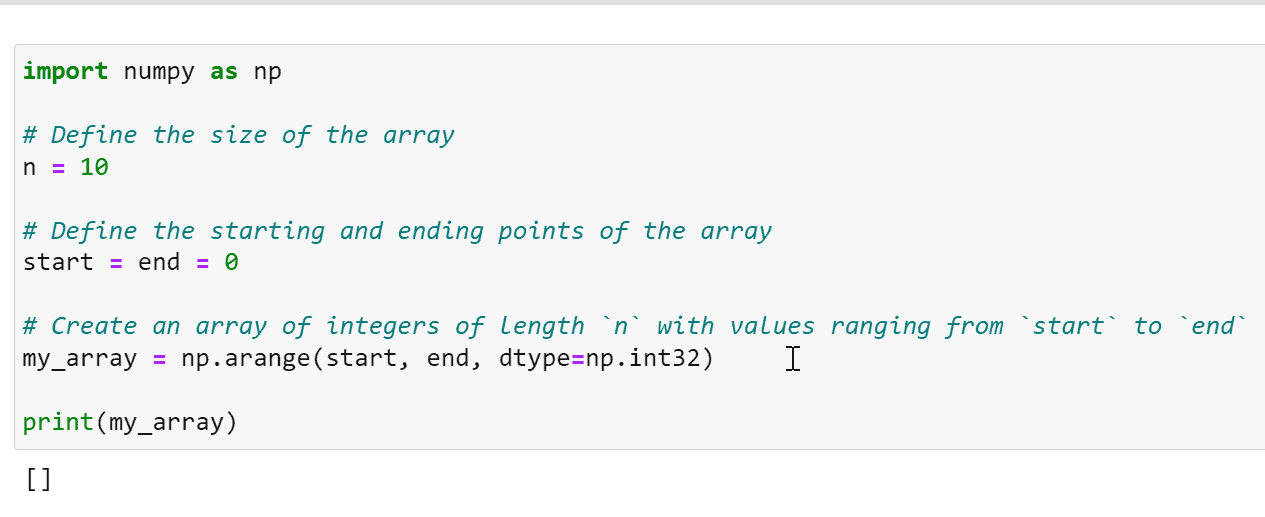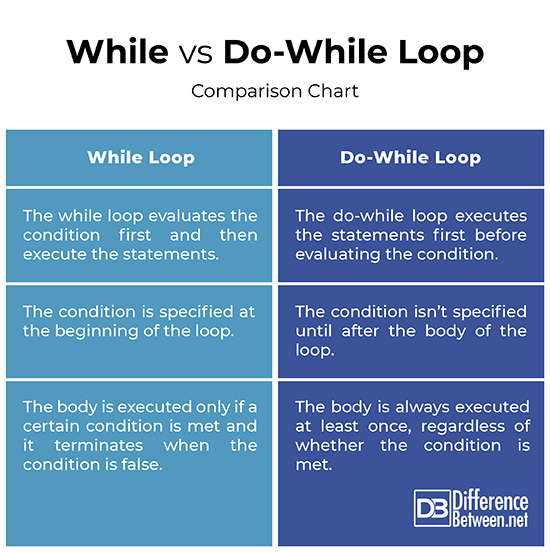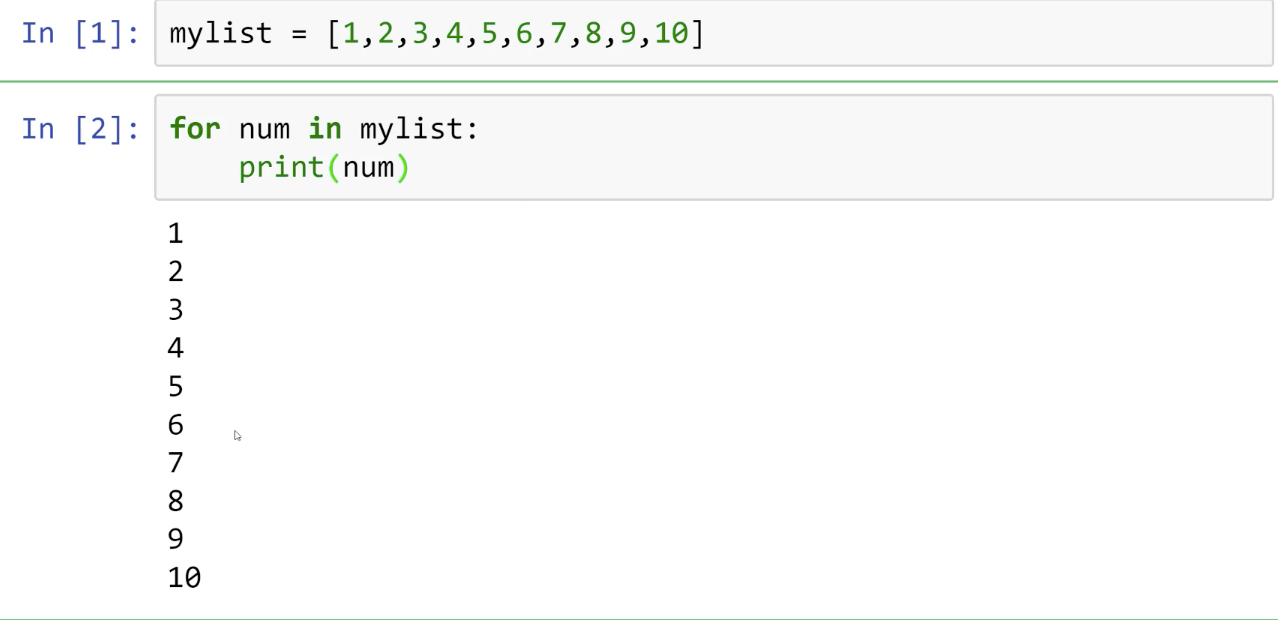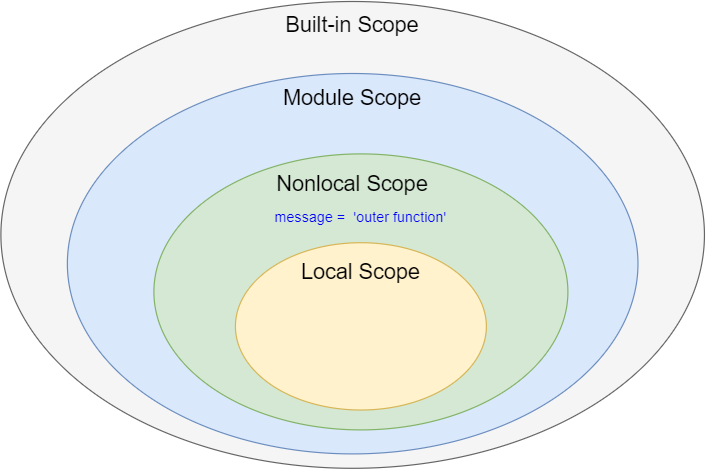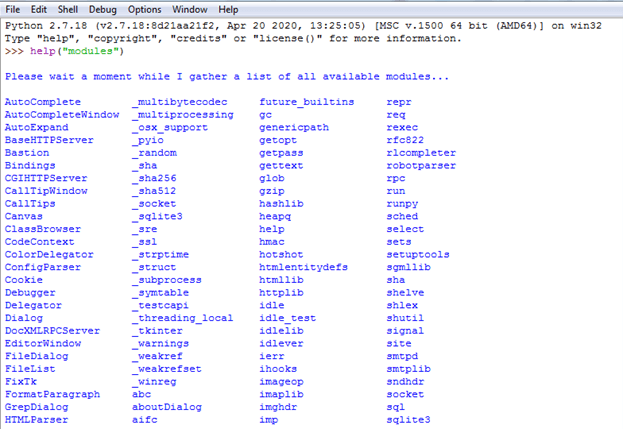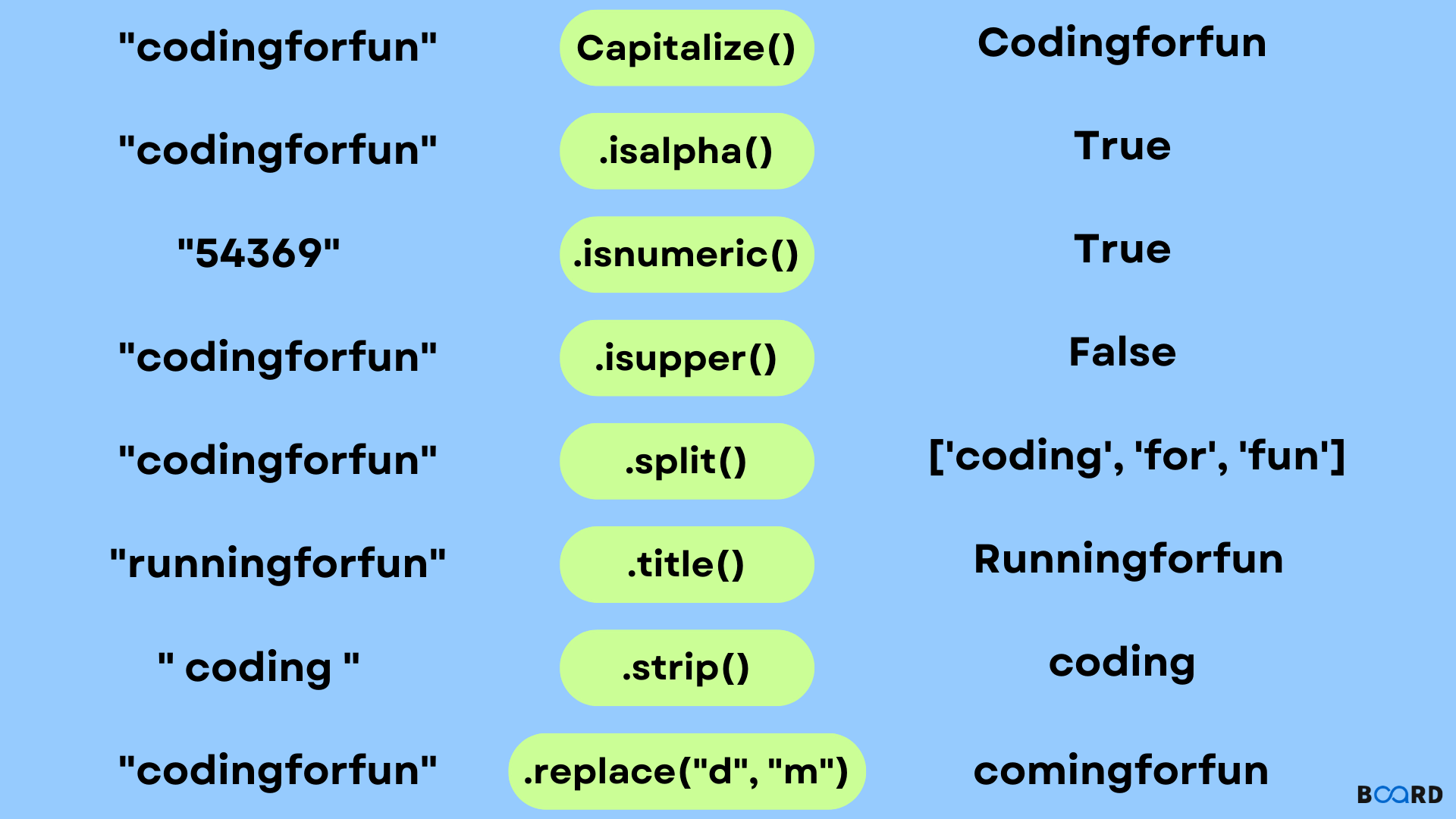Python attribute decorator tutorial
Python attribute decorator tutorial

Here's a comprehensive guide on how to use attribute decorators in Python:

What is an Attribute Decorator?
In Python, decorators are a way to wrap another function and extend its behavior without permanently modifying it. Attribute decorators are a special type of decorator that allows you to modify the attributes (i.e., properties) of a class or instance.
Why Use Attribute Decorators?
Attribute decorators can be used for various purposes, such as:
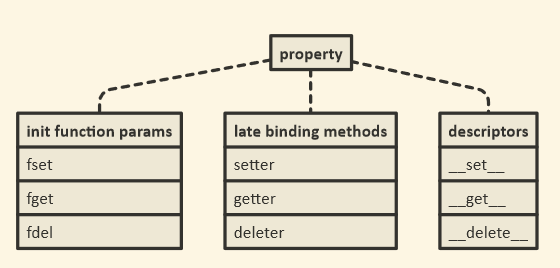
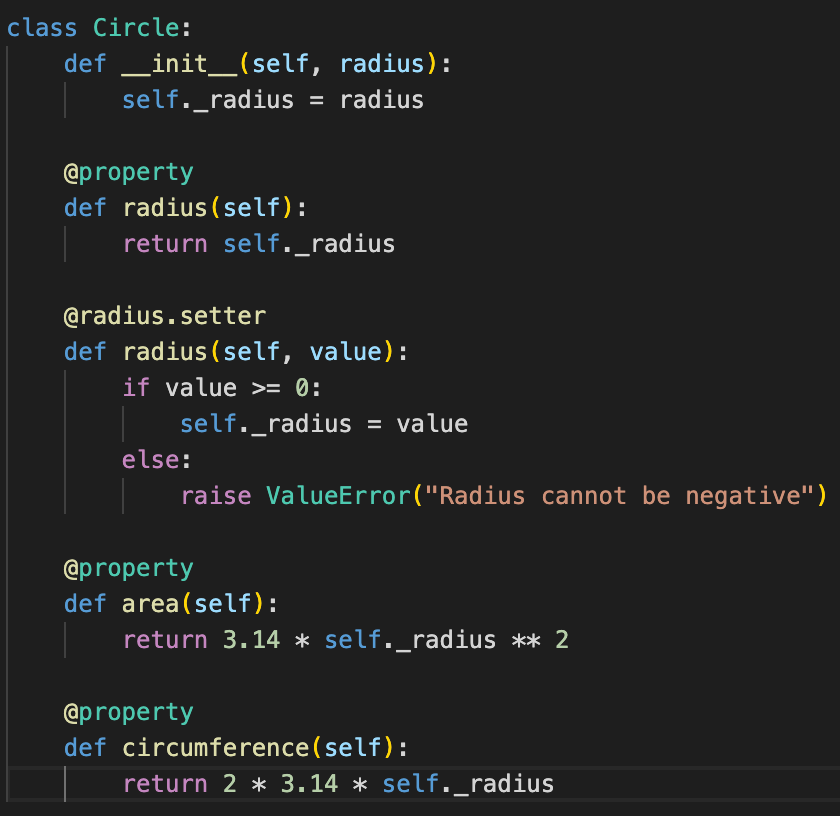
Basic Syntax
To create an attribute decorator, you define a function that takes another function as an argument. This wrapping function is called the "decorator". The decorated function (the one being wrapped) is typically referred to as the "target".

Here's the basic syntax:
def my_decorator(target):
def wrapper(*args, **kwargs):
Code to be executed before/after calling target()
result = target(*args, **kwargs)
More code to be executed after calling target()
return result
return wrapper
@my_decorator
def example_method(self, x):
return x * 2
In this example, my_decorator is the attribute decorator. The example_method function is being decorated with my_decorator. When you call example_method, it will be wrapped by the wrapper function defined in my_decorator.
Using Attribute Decorators
To use an attribute decorator, simply add the @ symbol followed by the decorator's name before the target function. Here's an example:
class MyClass:
@my_decorator
def get_value(self):
return 42
my_instance = MyClass()
print(my_instance.get_value()) # Output: 84 (wrapped by my_decorator)
Practical Examples
Here are some practical examples of using attribute decorators:
Validating input data: You can use an attribute decorator to validate the input values for a method or property. Calculating values dynamically: You can calculate dynamic values based on other attributes and return them as part of the decorated attribute. Implementing caching: You can cache the result of a costly computation and return the cached value if the inputs don't change.Here's an example of using an attribute decorator to implement caching:
def cached(target):
cache = {}
def wrapper(self, *args, **kwargs):
key = str(args) + str(kwargs)
if key in cache:
return cache[key]
result = target(self, *args, **kwargs)
cache[key] = result
return result
return wrapper
@cached
def expensive_computation(self, x):
Simulate an expensive computation
time.sleep(1)
return x * 2
my_instance = MyClass()
print(my_instance.expensive_computation(2)) # Output: 4 (cached)
Conclusion
Attribute decorators are a powerful tool in Python that can help you implement various features without modifying the underlying code. By understanding how to use attribute decorators, you can write more efficient, maintainable, and scalable code.
In this tutorial, we covered the basics of attribute decorators, including their syntax, usage, and practical applications. You learned how to create an attribute decorator and use it to modify the attributes of a class or instance. With this knowledge, you're now equipped to tackle complex problems and write better Python code!
Python attribute decorator example

Here is an example of using a Python attribute decorator:
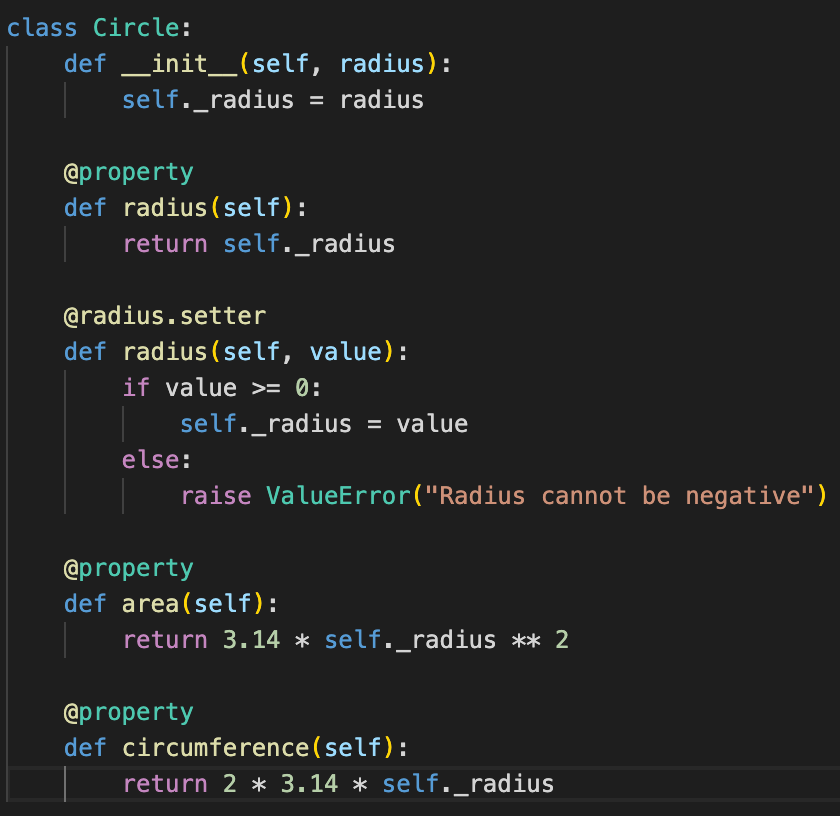
Let's say we want to create a simple Python class that represents a person with a name and age. We'll add some extra functionality to the age attribute so that it can't be set to a value less than 18.
from functools import wraps
def check_age(func):
@wraps(func)
def wrapper(self, value):
if value < 18:
raise ValueError("Age must be at least 18")
return func(self, value)
return wrapper
class Person:
def init(self, name):
self.name = name
@check_age
@property
def age(self):
pass
person = Person("John")
This is fine
person.age = 25
try:
person.age = 17
except ValueError as e:
print(e)
In this example, we've defined a decorator @check_age that takes a function (func) as an argument. The decorator checks if the value passed to the function is less than 18, and if it is, raises a ValueError. If the value is 18 or more, it just calls the original function.
The @property decorator makes the age attribute readable and writable (in this case). So when we do person.age = 25, Python is actually calling the age.setter method. Since we've applied the check_age decorator to the age.setter method, it ensures that the age can't be set to less than 18.
We also use the @wraps(func) decorator from the functools module to preserve the original function's name and docstring when the function is decorated. This way, if we do print(person.age.__name__), it will print "age", not "wrapper".
Using decorators like this can make your code more readable, reusable, and easier to maintain. They let you add extra functionality to functions without having to modify the original functions themselves.
